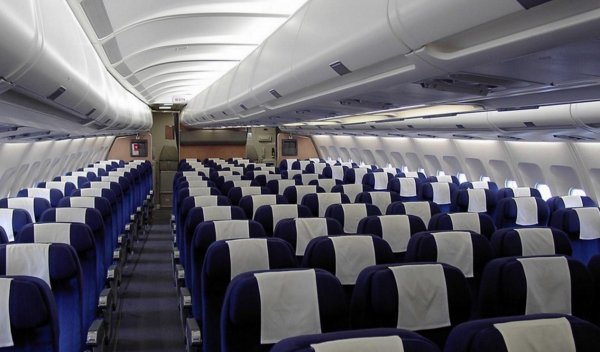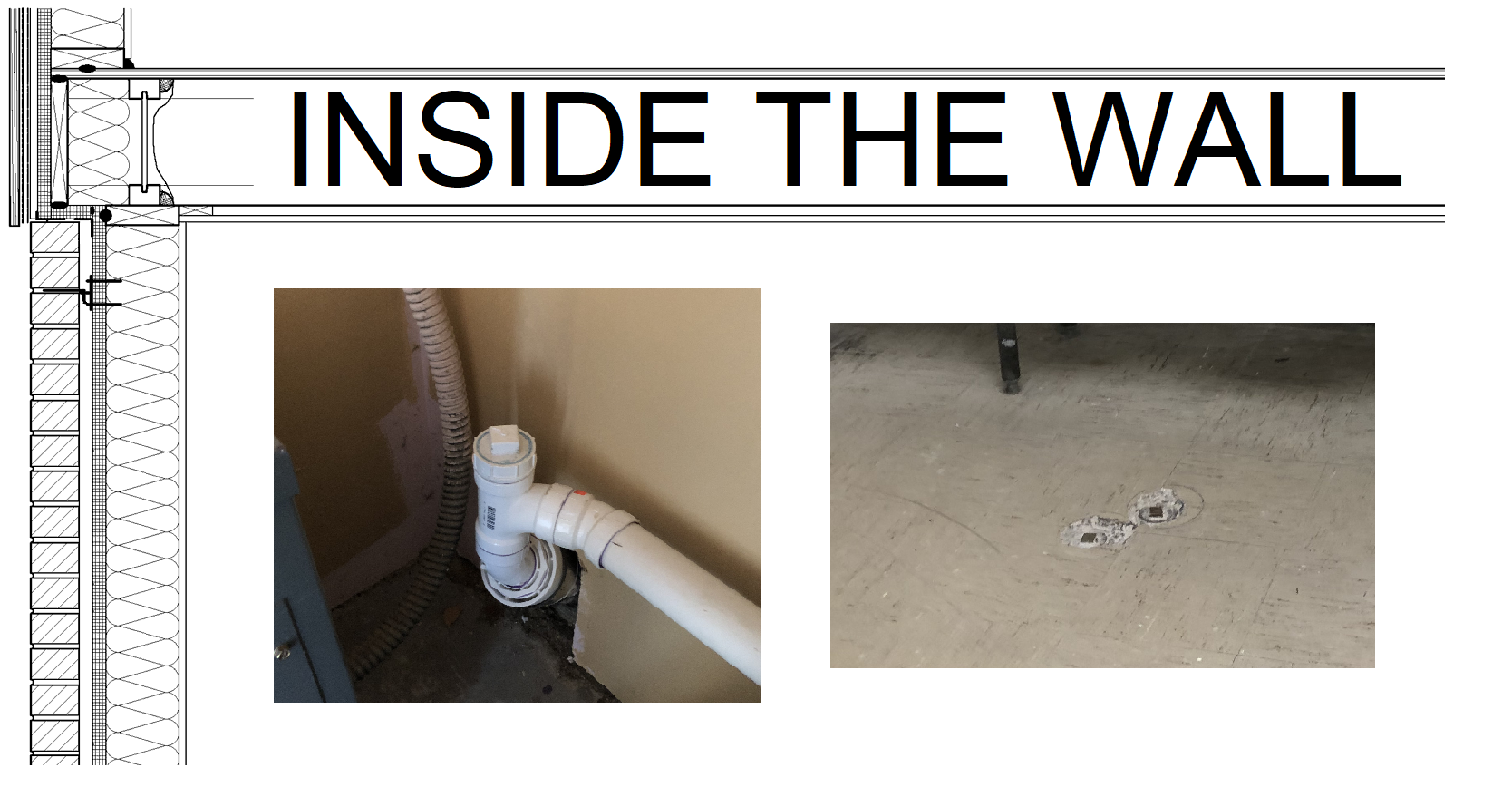While flying on a recent trip, I got to wondering about how the air in the cabin was conditioned. I assumed it had to be either warmed or cooled in some way and fresh outside air would need to be introduced at some point, but how is the fact that the cabin is pressurized affect all that? My curiosity led me to do some research and here is what I found.
Similar to commercial HVAC systems, the conditioned air in the cabin is a mixture of recirculated and fresh air. A normal commercial system is usually designed with about 10-15% of the air coming from outside while an airliner’s system is around 50% outside air. Commercial building systems are usually limited by the humidity that they have to remove from the air (called the latent load). This isn’t really a factor for airplane systems as there is very little humidity at high elevations. In fact, the relative humidity in an airliner cabin while flying can be around 12% which is less than ideal to say the least. Also, the occupant density of an airplane is a bit higher than your normal building so it makes sense that you would want more fresh air anyway.
The fresh air doesn’t just come through a grate on the side of the plane, though. It is bled off of from the compressor sections of the engines. These compressors have pressurized the air and, as a byproduct of the compression, made it very hot. You may recall from a previous article on humidity, that by heating the air any measure of relative humidity that was present is now even lower. The hot dry air now goes through the air conditioner’s evaporator and is cooled down to a comfortable temperature. These air conditioner units are known as “packs” in the aviation world. From there the air is mixed with recirculated air (which came through a filter from the cabin, just like in a building system) and blown into the cabin. Excess air, which has to get out somehow or else the cabin pressure would continue to increase, is let out through a device called the pressurization outflow valve.
On the refrigeration side of the system, the refrigerant goes through the refrigeration cycle just like it would in a system on the ground. The evaporator absorbs the energy from the air into the refrigerant turning it into a vapor. This produces the needed cooling effect on the air. It then goes through a compressor (powered by the engines) raising its temperature and pressure. Next it’s piped to the condenser that has air blowing over it which cools the refrigerant back into a liquid. The last step is for the liquid pressure to be lowered by using a thermostatic expansion valve which gets the liquid ready to evaporate in the evaporator.
When sitting on the ground with the engines off, the airplane will simply get connected to a mobile air conditioning unit or connected to a central system in the terminal.
While a bit different from your everyday home or business air conditioner, you can see that the components and basic operation is very similar. One big difference is if your air conditioner stops working at your home or office you can usually just open a window, but I can’t recommend trying that on a plane.
At Forward Engineers, we seek to not only be a design and consulting firm but to also educate our clients about engineering technology. While doing so, we inevitably refresh our own knowledge and sometimes even learn something ourselves. If you are seeking to work with an engineering firm that is client-centered and strives to provides services that are on time, on budget and exceed expectations, please contact us. We would love to work with you on your next project!




